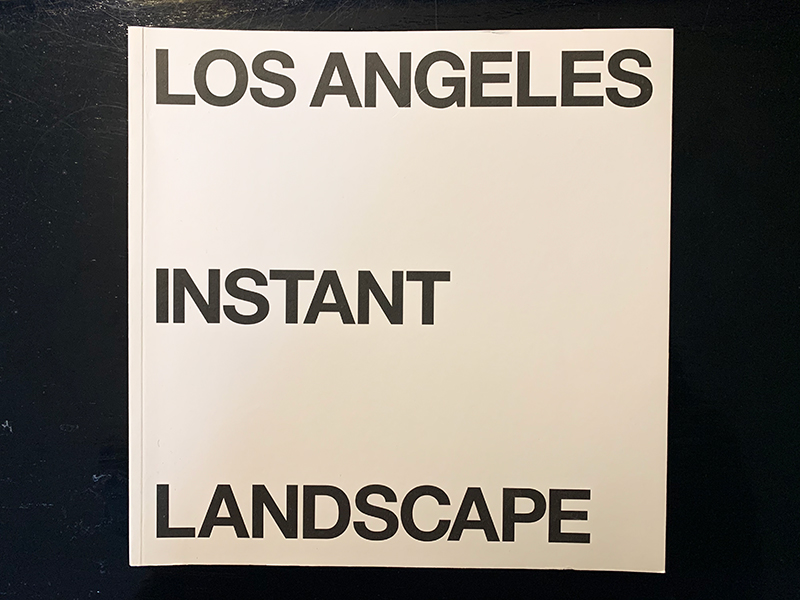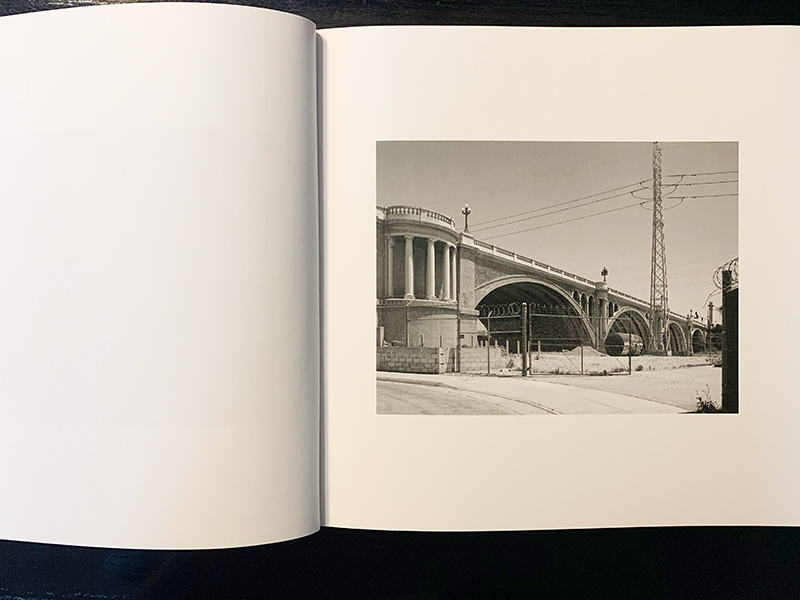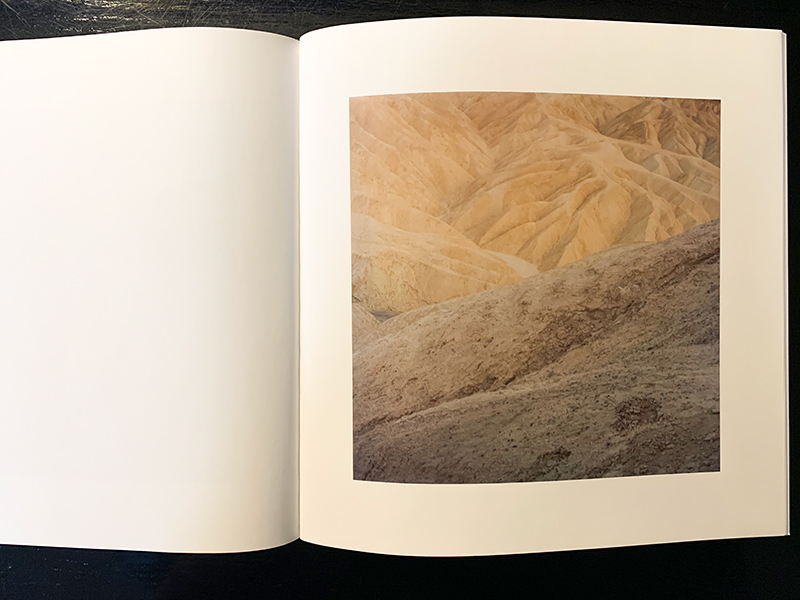Los Angeles Instant Landscape
|
Titolo: Los Angeles Instant Landscape /
Marco Introini, Los Angeles River Marco Introini, Los Angeles River Emanuele Piccardo, verso Death Valley Emanuele Piccardo, Zabriskie Point Los Angeles Instant Landscape raccoglie sguardi diversi che si intersecano: il paesaggio del Los Angeles River ritratto da Marco Introini, e il loop che compie Emanuele Piccardo da Los Angeles a Zabriskie Point. Introini ha una visione analitica basata sul ridisegno delle mappe urbane come atto di censimento del territorio ma soprattutto per prendere contatto con i luoghi e sviluppato in una fase successiva con la fotografia. Il fiume o per meglio dire il canale non é visibile dalla strada. Infatti la velocità con cui attraversi la metropoli fissa nella nostra memoria grandi oggetti,naturali e artificiali, ma non quella striscia di acqua e cemento che si estende per 77 km, dall’inizio, alla confluenza del Bell Creek e dell’Arrojo Calabasas, nella San Fernando Valley, fino alla foce nell’Oceano Pacifico a Long Beach. Piccardo si muove sulle tracce di Banham sia nella visione della metropoli sia nel rapporto con il deserto. In questo modo traccia un racconto che si genera dall’infinito nastro di asfalto che genera luoghi e attitudini diverse, da nord a sud, da est a ovest, un loop ossessivo che conduce lo spettatore fino al deserto della Death Valley, luogo mitico che nel suo immaginario gli ricordano le sequenze di Zabriskie Point, capolavoro del regista Michelangelo Antonioni, prodotto dagli studios holliwoodiani della Metro Goldwin Mayer nel 1970. *** Los Angeles Instant Landscape collects different intersecting vistas: the landscape of the Los Angeles River portrayed by Marco Introini, and Emanuele Piccardo’s road trip from Los Angeles to Zabriskie Point. Introini has an analytical vision based on the redesign of urban maps. As these maps unfold, they help register the existing territory and, moreover, they make possible, at a later stage, the development of place on celluloid. The LA River or, better said, its concrete canal, is not visible from the road. In fact, the speed with which you cross the metropolis is fixed in memory: objects as large as this, natural and artificial, that delimit a strip of water stretching for 77 km, from the beginning, at the confluence of Bell Creek and Arroyo Calabasas, in San Fernando Valley, up to the mouth of the Pacific Ocean at Long Beach. Conversely, Piccardo makes of the road trip the only instrument with which to rethink the metropolis. Composing photographic sequences that range from the urbanely dense to the extreme rarefaction coinciding with the desert scape, Piccardo is able to retrace Banham’s vision of LA as well as the historian’s complex relationship with the desert. In this way the work generates what is tantamount the limitless road with its contradicting episodes and attitudes. from north to south, from east to west, an obsessive asphalt ribbon leads the viewer to the Death Valley, a mythical place and the setting for Zabriskie Point, Antonioni’s first American film. |








